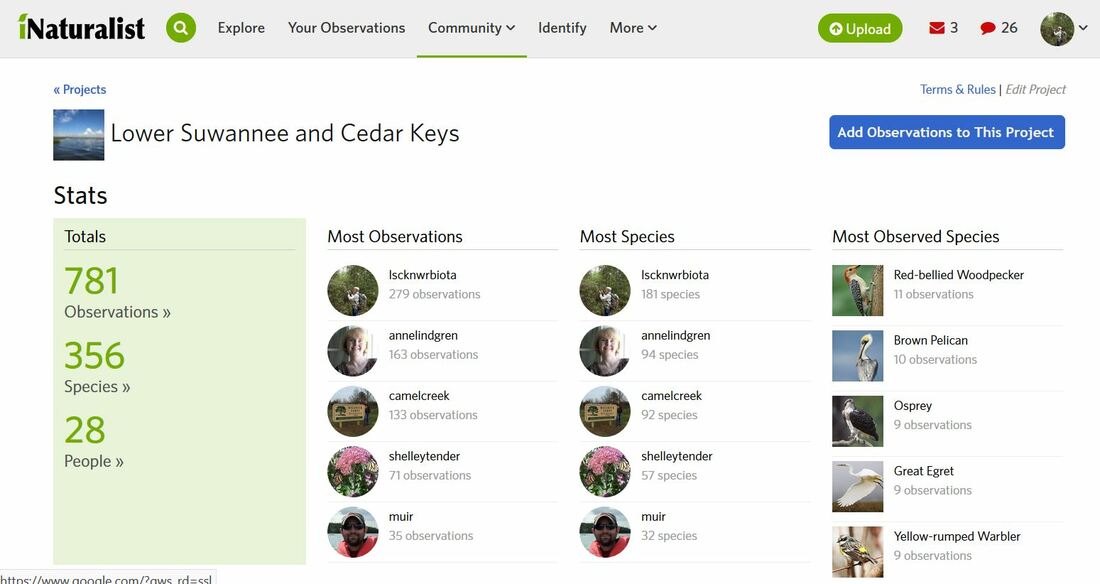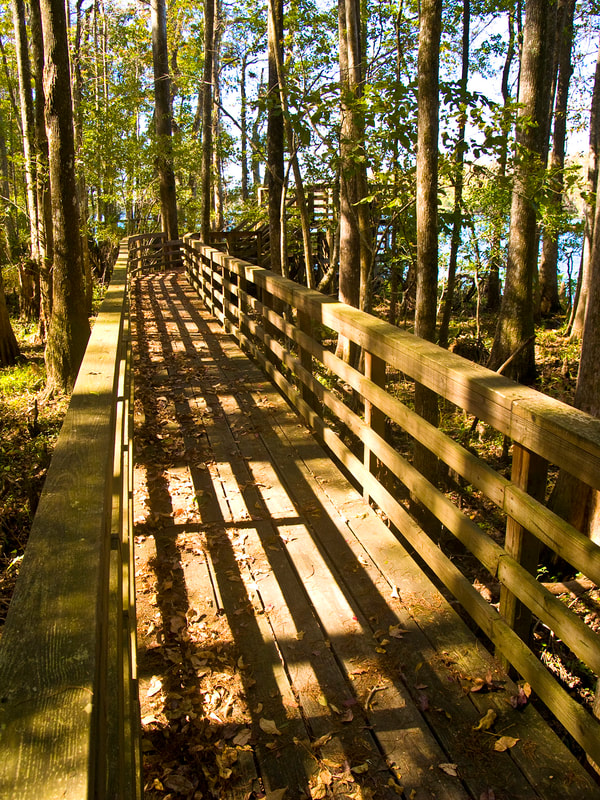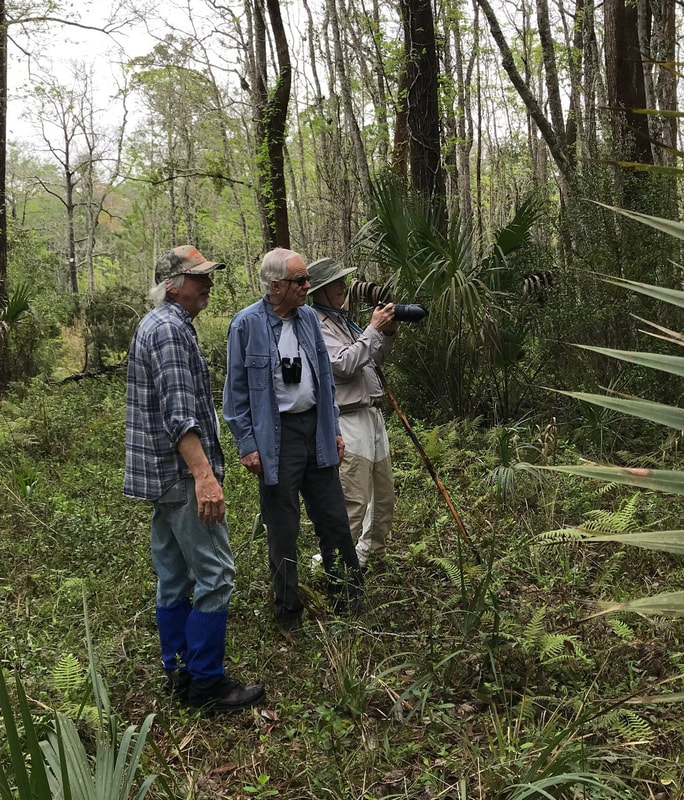|
Many thanks to the almost 150 visitors who stopped by the Friends Booth to say hello and learn about the Lower Suwannee and Cedar Keys Refuges. We made a lot of new friends and renewed many old contacts over the course of two days of interaction with an enthusiastic festival crowd. In terms of numbers, we received $400 from sales of Friends merchandise and from donations. New members joined too. Special thanks to the volunteers who made the event possible by being there to set up and break down the booth, and to talk to all the visitors.
0 Comments
The Friends have been resuming emphasis on their iNaturalist project that was begun a few years ago. Members are continuing to provide observations of wildlife and plants of the refuges. The goal is to provide a database that may help refuge managers and Friends members as we work to protect our refuges and their living resources. The database includes not only lists of species, but also where and when they were observed, providing information on habitat use, abundance, and seasonal cycles of activity.
The screenshot shows the status of the project as of early April. Note that 28 observers have contributed 781 observations of 356 species. Many more observations are needed. All are invited to contribute observations. You can just sign on to www.inaturalist.org and find instructions there. Once logged on you can look up the ‘Lower Suwannee and Cedar Keys” project under the Community drop-down menu. Better yet download the iNaturalist app on your smartphone. Species recorded photographically on a smartphone should automatically include information on date, time, and geographic coordinates. You don’t need to be an expert in identifying species; a new feature of the program suggests identifications of species for which reasonably good photos are uploaded. The Refuge has a new tool to help with long-term restoration of the legacy forest . . . a Tigercat.
One of the goals of the Lower Suwannee Refuge is to restore the forest in our part of Florida to a sustainable forestry model. Following on decades of commercial forestry, our region's forests had been altered greatly from their natural growth patterns. Under the guidance and leadership of Refuge Forester Daniel Barrand, our Refuge and others along Florida's Big Bend are being slowly, deliberately brought back toward their natural state. Prescribed burning, under the leadership of Refuge Fire Expert Vic Doig, is a major tool applied to this goal. Replanting of native tree species is another. Now the Refuge has acquired a large piece of heavy equipment that can assist with the program to improve and restore the forest habitat. The new Tigercat will be shared with several other refuges in our region. It can be used to create firelines, maintain trails, cut large trees and overhanging limbs, trim roadsides and cut lanes through dense mid-story forests to enable the staff to selectively apply herbicide to undesireable plants using a large herbicide sprayer. In combination, the application of herbicide and fire has proven to be the optimal technique to kill rootstock of the pervasive dense vegetation tangles that took over from the native forest growth after commercial timbering ended and the refuge was formed. Our new Cat is most welcome at the Refuge! The Refuge will welcome visitors on Seahorse Key on Wednesday March 27. This follows on an Open House on March 13 when more than 150 visitors came to learn about Seahorse Key and the Cedar Keys National Wildlife Refuge.
After having abandoned the Seahorse Key rookery a few years ago, many of the birds have begun nesting on Snake Key but they have not returned to Seahorse Key rookery this year. Snake Key is therefore closed to visitation and Seahorse is open a few times during the season. Visitors can arrive at the Open House on their personal boats or on a shuttle from the vendors at the Cedar Key marina. A nature walk will be led by Bob Lewis at 1:30 on Wednesday, March 20 on the River Trail at Refuge Headquarters.
Nature walks were led on the Tram Ridge Trail on March 7 by Donna Thalacker and on the mowed, secondary road from the Nature Drive to the Gopher River on March 4 by Debbie Meeks. Miriam May Wiley participated in the walk and posted several beautiful photos from it on the Friends Facebook page. For the next few months, Friends will be experimenting with membership on Meetup.com. All activities and events will be listed on Meetup. If you join the "group" called Friends of Lower Suwannee National Wildlife Refuge on the Meetup website, you will receive emailed notification of Friends events. To join the Friends of Lower Suwannee National Wildlife Refuge group, first set up a password on Meetup.com. Then type the group's name in the search box that says All Meetups. When you arrive on the Friends group page, click the Join box. |
Archives
June 2024
|

Friends of the Lower Suwannee & Cedar Keys National Wildlife Refuges
P. O. Box 532 Cedar Key, FL 32625 [email protected] We are a 501(c)(3) nonprofit organization. |
|










